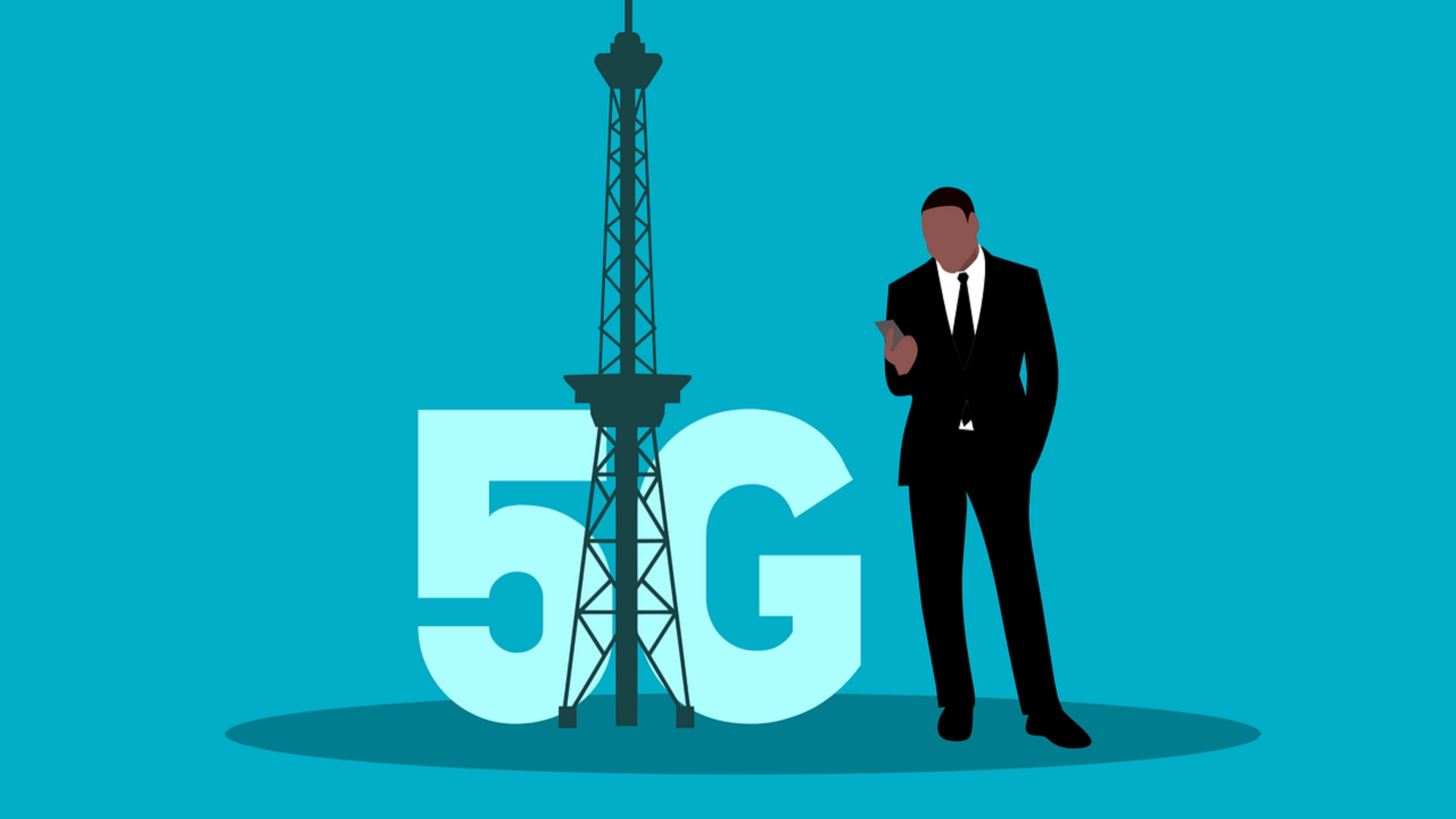2022 was the year that 5G became a reality for many South Africans.
This after an extremely drawn out process to assign spectrum, which means we lead the way on the African continent, but are still playing catch up to more developed nations in other parts of the world.
As such 5G, in a commercial sense, still has some growing pains.
I experienced this first hand recently when testing out a 5G router from local service provider rain.
The company was first to rollout a 5G home solution in South Africa, announcing a partnership with Huawei to that end a few years ago. The likes of MTN, Vodacom, and more recently Telkom have all gone a similar route, but as it currently stands, rain appears to be leading the way.
That is at least what I thought, when I picked up a special offer from the company in November, as part of several Black Friday deals available at the time. The offer specifically got you a 5G router and package for R1, and after the first month you would be billed as per normal.
As such, it provided an affordable way to test out the performance of 5G against that of my own Fibre-To-The-Home (FTTH) package from Cool Ideas via Vumatel. For reference, my own line is a 100Mbps up/down option which costs R1 100 per month, and the option I tested out on rain was 5G of up to 60Mbps for R739 per month.
The process of getting setup was seamless. Within five minutes of registering interest in the offer online, on a Sunday morning I should add, I received a call from an agent and paid within the space of 30 minutes. Thereafter it took two days for a ZTE 5G router to be delivered to my residence, my SIM card to be activated and I was up and running quite quickly.
From that perspective, I was thoroughly impressed with the speed at which rain operated.
All good, until it wasn’t
The same went for the 5G speeds I was registering too, garnering more than the 60Mbps download speeds that were advertised on this uncapped package. All systems were a go then, and right before I was truly considering cancelling my fibre line in favour of this 5G router, loadshedding hit.
This is where the problems came into play, as anything higher than Stage 2 loadshedding resulted in zero connectivity, despite several attempts to reset said router.
Interestingly though, I still had 5G connectivity on my smartphone during these instances, which begs the question as to my 5G CPEs for the home are different to phones that support the mobile broadband standard.
With the problem persisting for a couple of days as loadshedding continued (and is said to be here for the next 18 months at least), I contacted my service provider to query the issue. Unfortunately though, my call was routed to a centre outside of South Africa, where the operators don’t have much power to fix problems and are only able to escalate problems.
As such, with the 5G router essentially inoperable whenever loadshedding hits, which can range from two to six hours a day depending on the Stage, this solution does not hold as much value. In fact, a mini UPS designed to power small hardware like fibre routers is a more tangible solution compared to 5G at this stage.
Especially as networks struggle to keep their infrastructure powered when blackouts hit. We have seen in recent months that the likes of Vodacom and MTN are looking at alternative measures to keep to ensure loadshedding is not as restrictive to customers.
Is the loadshedding the fault of the networks?
Definitely not, but it is a reality that consumers are saddled with, and as it currently stands, 5G for the home simply is not as robust an option for South Africans that fibre is.
At least in my opinion anyway.
[Image – CC 0 Pixabay]

